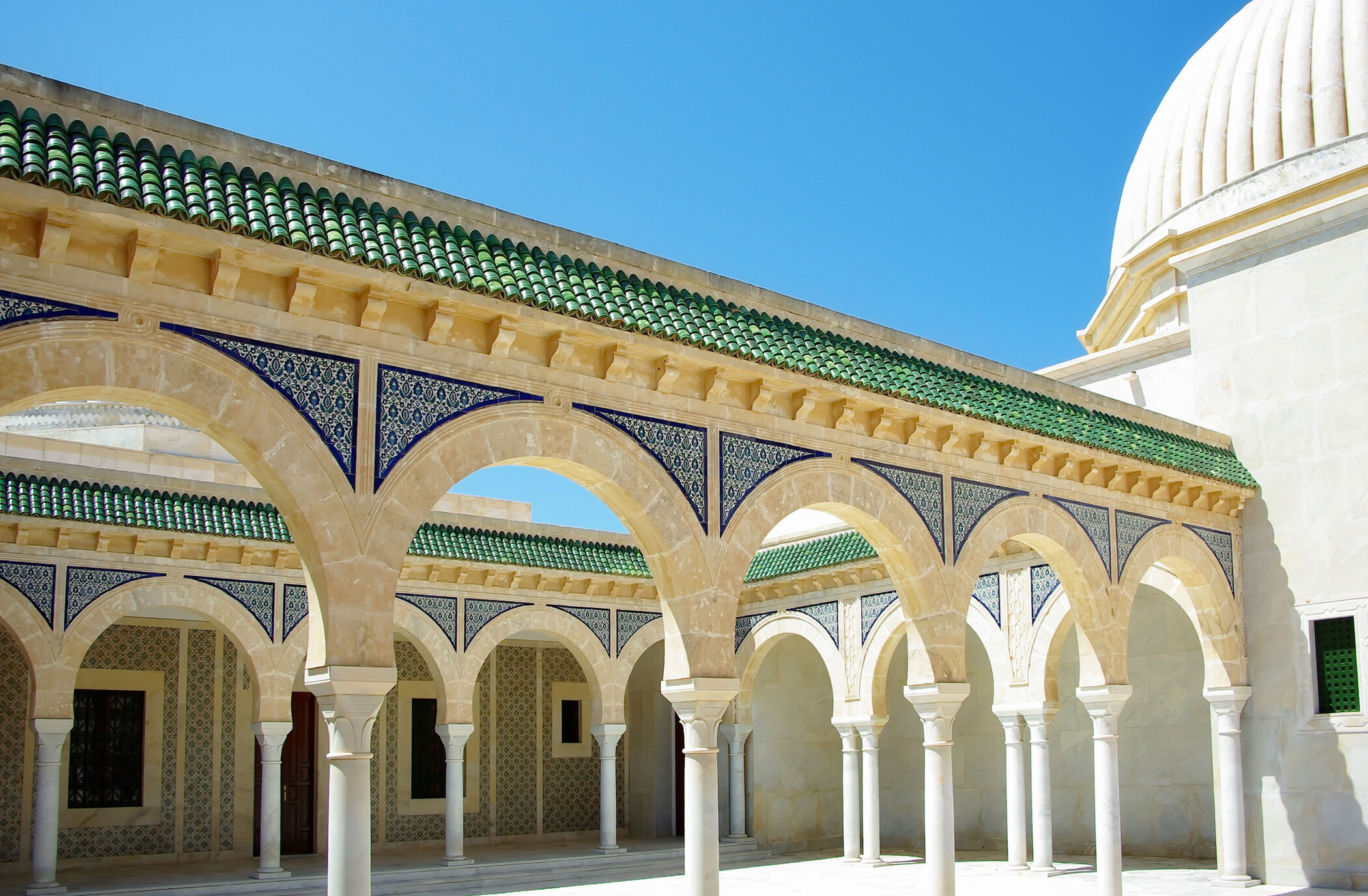TUNICO
For a long time, the dialect of the Tunisian capital has been regarded as one of the best-described urban dialects of the Arab world. The first linguistic descriptions go back to the late 19th century, i.e. to an era when the scientific interest in colloquial varieties of Arabic had just begun. The majority of publications on the dialect of Tunis focus on sociolinguistics, phonological and morphological issues. In-depth studies on syntax are very scarce and there is no up-to-date dictionary available that is based on authentic spoken data. There are also very few relevant studies dedicated to the linguistic dynamics caused by recent demographic changes in the metropolitan area of Tunis. Today, the variety of the Arabic variety spoken by most inhabitants of the capital has become a koiné that has not only spread to the vicinity of the city but is widely used throughout Tunisia.
The focus of the research project TUNICO lies on contemporary language. Its intention was to gather data through field recordings made with young speakers who have grown up in the city of Tunis but descend from parents who for the most part had come to the capital from other regions. As part of the project, two digital language resources were created:
- a corpus of unmonitored speech that contains both conversations and narratives
- a dictionary based on this corpus and on previously published resources (see below).
The project was designed as an attempt to combine dialectological approaches with up-to-date text-technological methodologies. The tools that were developed and tested in the project are being used for similar research questions in the field of Arabic studies and beyond. One particular concern of the project was the dictionary/corpus interface which practically allows researchers to navigate from the corpus to the dictionary and vice versa. The project was conducted in the spirit of open source and open access. Therefore, both the corpus and the lexicographical data of the project were made available to the scientific community through a publicly accessible web interface enabling other scholars to do further analyses on the material.
Publications
- Mörth, Karlheinz. 2017. Arabic lexicography in the Internet era. In The Routledge Handbook of Lexicography, ed. P. A. Fuertes-Olivera, 503-517. Routledge.
- Mörth, Karlheinz, and Stephan Procházka. 2017. The Vienna Corpus of Arabic Varieties: Building a Digital Research Environment for Arabic Dialects. Proceedings of the 10th International Conference of AIDA. Qatar University. Vienna: LIT Verlag.


Contact
Project duration
01 August 2013 – 31 December 2016
Twitter Hashtag
#TUNICO
